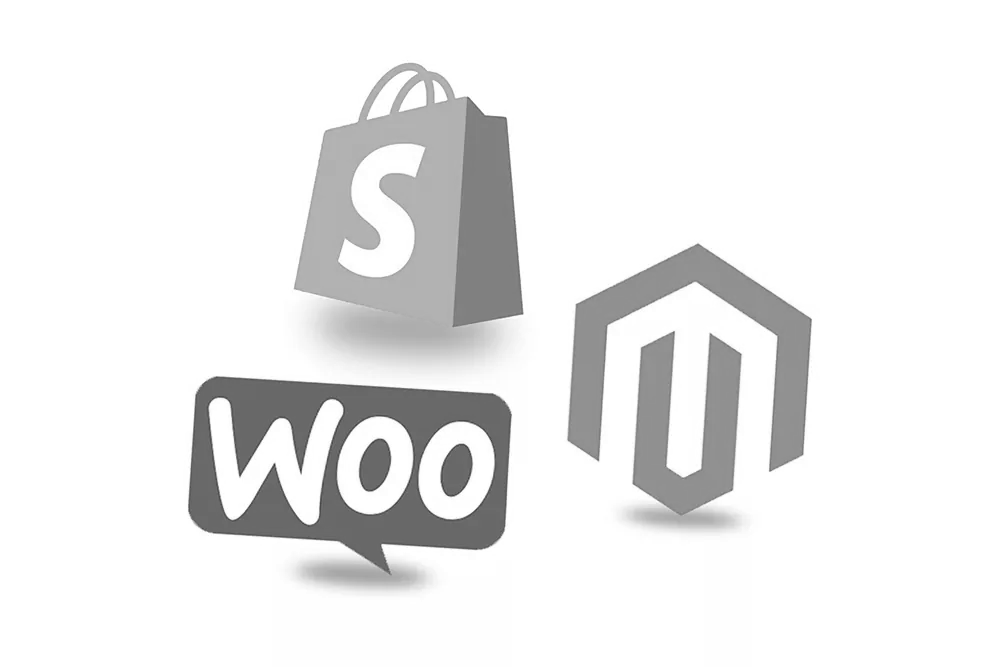Quickstart with Automations
This guide covers how to create and configure automations to deliver timely and personalized messages in the DIDWW Messaging Platform.
Automations are ideal for sending triggered messages such as birthday wishes, promotional offers, or notifications based on contact activity or date-specific attributes. They reduce manual effort while ensuring consistent and relevant communication.
Setting up automations is essential for scaling your messaging strategy. With automations, you can define triggers, customize message flows, and monitor performance across multiple channels.
Examples of Automations
Here are some examples of automations you can configure:
Send personalized welcome emails to new contacts
Automate follow-up reminders after form submissions
Trigger limited-time offer messages for re-engagement
Notify contacts about upcoming subscription expirations
Automatically update contact statuses
Deliver alerts based on inactivity or milestone events
Step 1: Create and Activate an Automation Flow
To begin using automations, you need to create and activate a flow based on the type of trigger that matches your use case. The Messaging Platform offers several types of automation triggers designed to fit various engagement strategies.
Each flow starts with a trigger — an event or condition that initiates the automation. You can then define actions like sending messages, updating contact attributes, or adding rules such as time delays to control the flow behavior. Whether you’re setting up a birthday SMS, a welcome message, or a follow-up email after a form submission, the platform provides flexible options to build flows that match your campaign needs.
Automation Flow
Trigger actions when a contact enters or exits a segment.
Automation Flow
Send actions when a contact is added to a list.
Automation Flow
Automate actions on specific dates, like birthdays.
Automation Flow
Start flows from tracked events like purchases.
Automation Flow
Run flows when a webhook is received from an external system.
Step 2: Analyze Your Automation Flow Statistics
Once your automation flow is activated, you can monitor its performance in real time using the Flow Statistics dashboard. This includes tracking how many contacts have started, are currently progressing through, or have completed the flow. You can also analyze detailed messaging metrics such as delivery, open, click-through, and opt-out rates to evaluate engagement and identify areas for optimization.
Learn how to view automation flow statistics from the Flows list in the Messaging Platform.
Learn More
Review inbound and outbound messages to diagnose issues, confirm deliveries, and audit communication history.
Upload and manage multimedia files like images and PDFs for use in your broadcasts and email templates.
